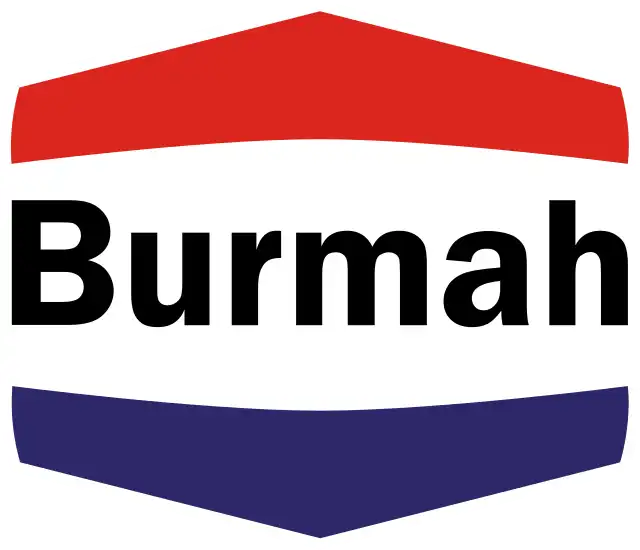Early in the summer of 1975 the semi-submersible drilling rig Ocean Kokuei was working in the East Shetland Basin off the coast of Scotland. Whilst drilling it found signs of a hydrocarbon deposit and ran electric logs to confirm this. This well or borehole was the second on the Ninian Field which had been discovered in 1974.
The purpose of these appraisal wells
was to give an indication of the physical extent of the oilfield and help in
the tricky business of estimating how much oil could be produced. The Ninian
Field had three pay-zones or sandstone areas containing oil; one above the
other. Instead of drilling through the three areas of interest Burmah Oil
suspended the operation. The well was left in a condition where it could be
re-entered at a later date. Burmah Oil with a 21 per cent share were the
largest contributor to a consortium which included British Petroleum (B.P.)
with 9 per cent.1 Murphy Oil also had a small stake; Murphy
Oil owned Ocean Drilling and Exploration Company (ODECO); who owned and
operated the Ocean Kokuei.
The rig
was then moved to a location off Aberdeen, probably in May 1975 where it
drilled another borehole that was not related to Burmah’s financial woes. Denis
Thatcher retired from his post as an Executive Director responsible for
organization and planning with Burmah Oil around that time.2 While the rig was still off Aberdeen,
Burmah, on behalf of the consortium, released a downgraded estimate of the size
of the Ninian Field’s recoverable reserves: down from 1,200 – 1,500 million
barrels to 1,000 million barrels.3 It is my contention that
this information was deliberately misleading. The article in The Times went on
to say: “It is obvious that the field will continue to be developed but it will
no longer be a bonanza to the participants, …” Burmah shares were worth £4.98
at one point in 1974; by June 1975 they were trading around 30p each.4 The
Burmah shareholders had lost (or been defrauded from) a lot of money.
During the summer of 1975 Burmah experienced serious
financial difficulties. Their share in the Ninian Field was sold to Chevron.
Chevron became the operator on behalf of the consortium. In August/September
the Ocean Kokuei returned to the suspended borehole and completed the work.
With all three pay-zones drilled, Chevron were able to conduct a very
successful well-test. During all these imperial machinations an expensive
pipe-laying-barge had continued to lay a pipeline to the Ninian Field.5
It is nearly fifty years since I was a teenage
Roustabout on the Ocean Kokuei. I am still puzzled by the Burmah Phenomenon:
how an established, successful enterprise in a developed country became the
only company ever to discover oil and become insolvent.
© Louis Mair 2024
(text only)
References
1 “Another N Sea firm in deal with state …The two major
participants in the Ninian project – Burmah with a 21 per cent holding and
British Petroleum, with 9 per cent - …” The Scotsman August 6th
1975, p3.
2 “Mr Thatcher retiring from Burmah Oil Mr Denis Thatcher, … is to
retire at the end of the month from the Burmah Oil Co in Swindon. He is an
executive director responsible for organization and planning of Burmah Oil Trading,
a post said to have a salary of £15,000 a year.” The Times May 3rd
1975, p17.
3 “Brokers’ report downgrades Ninian oil field Ninian, the North
Sea oil field in which Burmah Oil, British Petroleum and ICI are the main
participants must be regarded as a “marginal” proposition on the basis of the
latest reserve estimates and cash flow forecasts, say stockbrokers Wood,
Mackenzie, … After appraisal … of wells 3/3-4 and 3/3-5, … it appears that the
reserve estimate has been downgraded to around 1,000m barrels from around 1,200m
barrels to 1,500m barrels.” The Times July 17th 1975, p17.
4 The Times October 28th 1975, p20.
5 “BP and Iranian Oil make North Sea find … Meanwhile, through a
statement released by Ranger Oil, Canada in Calgary. BP said that more than one
third of the pipeline from the Ninian field - … - has been laid." The Times
October 28th 1975, p15.

